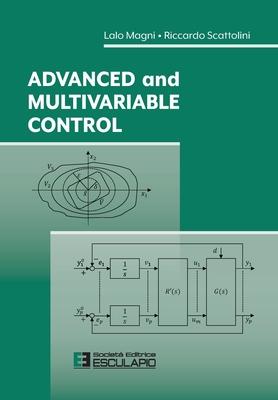This textbook is designed for an advanced course in control theory. The purpose of Chapter 1 is to introduce some results on the stability of dynamic systems achieved with the Lyapunov theory, and on its use for the synthesis of nonlinear control laws. The definition of norms and gains of dynamic systems is reported in Chapter 2 to provide the reader with the mathematical tools required in the following chapters. Some basic techniques for the analysis and the control of single-input, single-output systems are recalled in Chapter 3 to motivate the introduction, in the following chapters, of synthesis techniques for multi-input, multi-output systems. The analysis of multivariable systems, in terms of poles and zeros, manipulation rules of block diagrams, frequency response, stability of the feedback system, and static and dynamic performance, are discussed in Chapters 4 and 5. In Chapter 6 the pole-placement approach for the synthesis of state feedback control laws and state observers is described. Optimal control synthesis techniques for continuous- time systems are presented from Chapter 7 to 10. Specifically, the Linear Quadratic control method, the Kalman filter and the LQG control are widely described together with their main properties. These results are then extended to the discrete-time case in Chapter 11. The main algorithms and results of Model Predictive Control are finally presented in Chapter 12.
Some useful mathematical notions are summarized in the Appendix.
- stability
- Lyapunov theory
- multivariable systems
- pole placement
- state observers
- optimal control
- linear quadratic control - Kalman filter
- LQG control
- model predictive control
